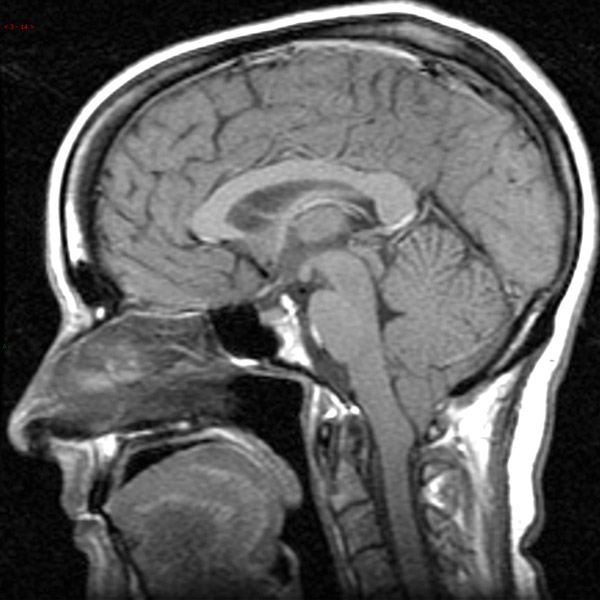Arnold–Chiari malformation
As a Chiari malformation, a group of developmental disorders with displacement of cerebellar shares through the occipital foramen ( foramen magnum ) into the spinal canal is called coexisting scaled posterior cranial fossa. It is named after the pathologist Hans Chiari (1851-1916), who described this disorder for the first time. The names of Arnold- Chiari malformation and Arnold -Chiari syndrome were by the students of the pathologist Julius Arnold (1835-1915) propagated, but do not appear justified, because this group was the development of disorders described him only superficially.
Classification
Because of expression and localization of four different types are divided into:
- Type I: Here we have a displacement of the cerebellar tonsils. Complications may occur syringomyelia. Rare bony malformations of the skull base and the vertebral bodies are observed. Patients may be quite free of symptoms. Complaints, there are frequently only in young adulthood. In addition to head and neck pain can do this, for example, Be a sign of damage to the cerebellum (eg, a designated as unsteady gait ataxia ) or the brainstem (eg, dysphagia ).
- Type II: Here it comes in a more pronounced shift of the cerebellar vermis combined with compression and displacement of the brain stem as well as displacement of the fourth ventricle with development of hydrocephalus. Usually occur bony malformations added with formation of a Myelomeningeozele. The term Arnold- Chiari malformation refers only to this subtype of Chiari malformation
- Type III: In this rare subtype there is a massive shift of the cerebellum in the formation of a bony defect with formation of a so-called encephalocele.
- Type IV: In this rare subtype occurs underdevelopment ( hypoplasia) of the cerebellum.
The diagnosis is made by MRI. In fetuses, the so-called Lemon can be a possible indication of a Chiari malformation or sign Banana sign as sonographic soft markers in the prenatal diagnostic sonography.
Therapy
In the case of a hydrocephalic Aufstaus at herniierter Kleinhirntonsille done a decompression via a suboccipital access.










